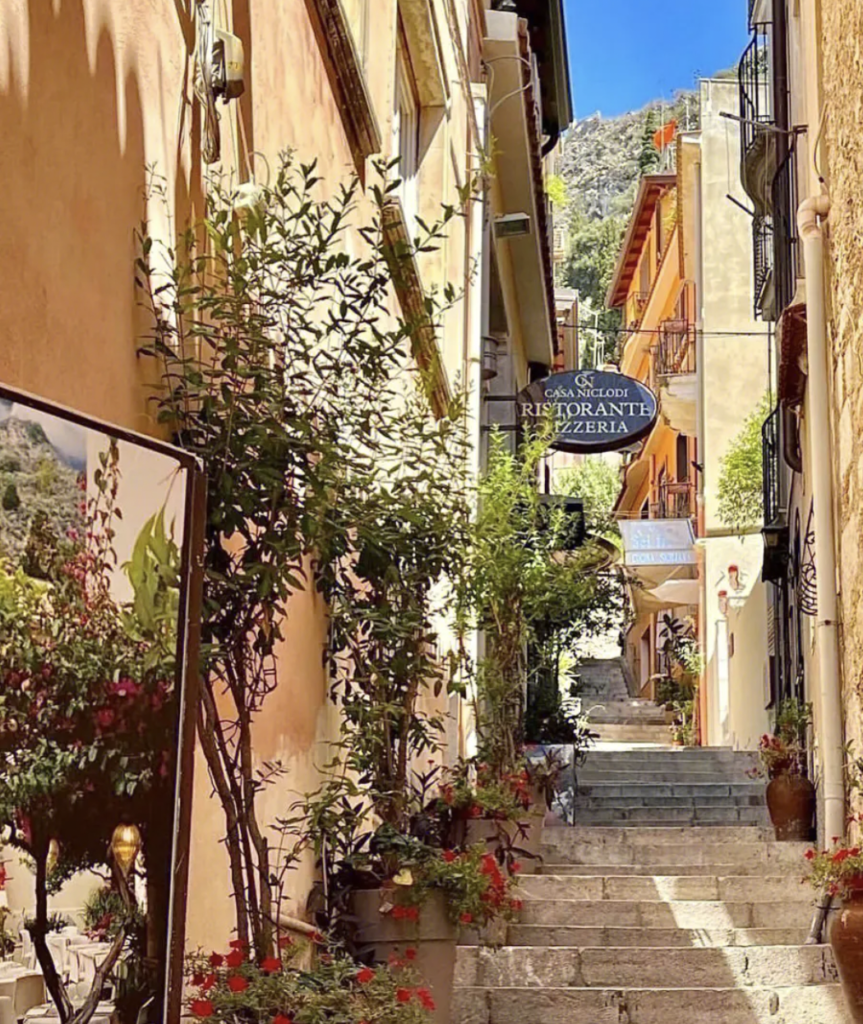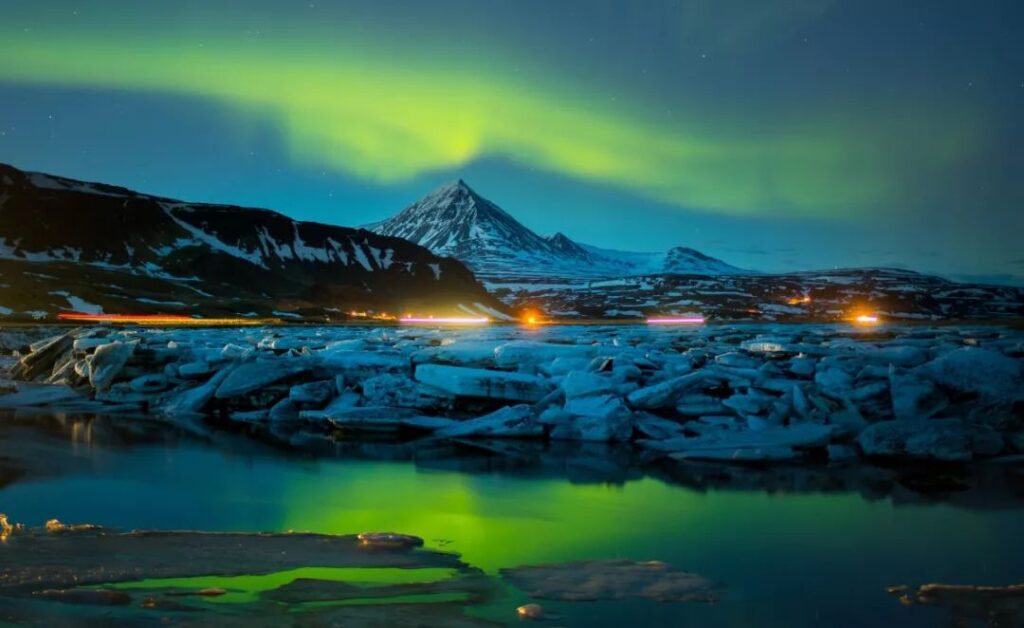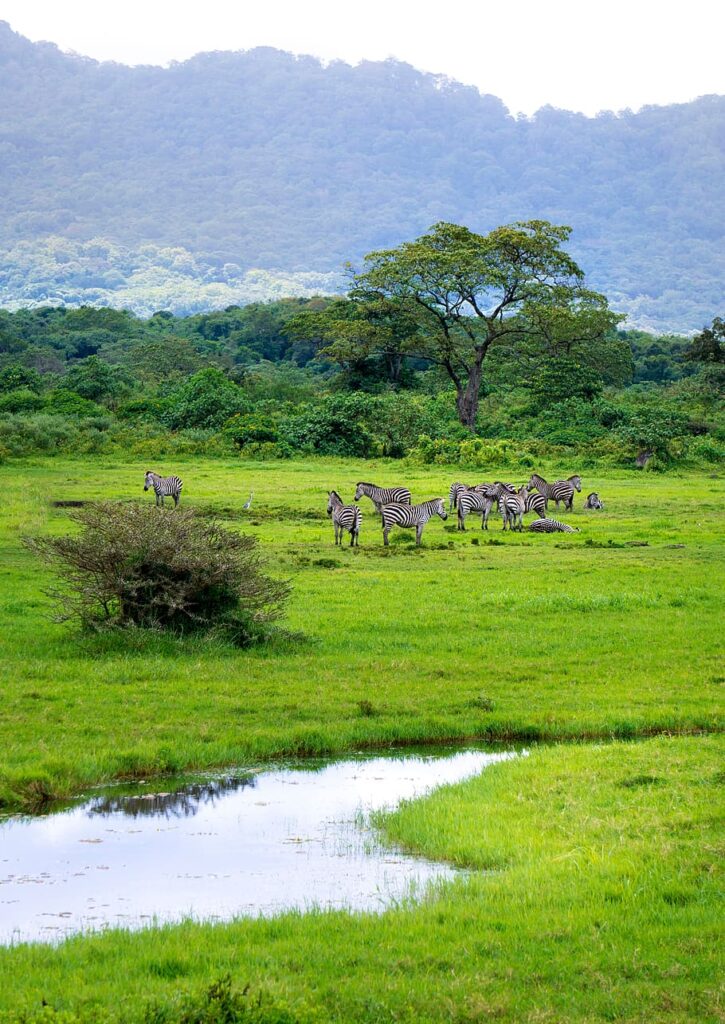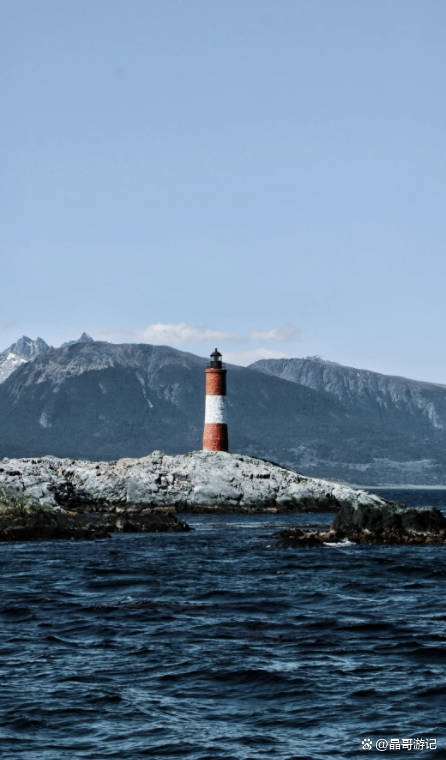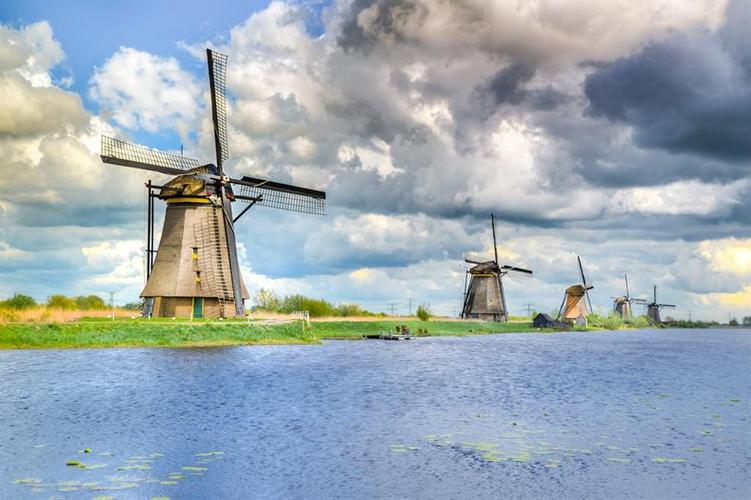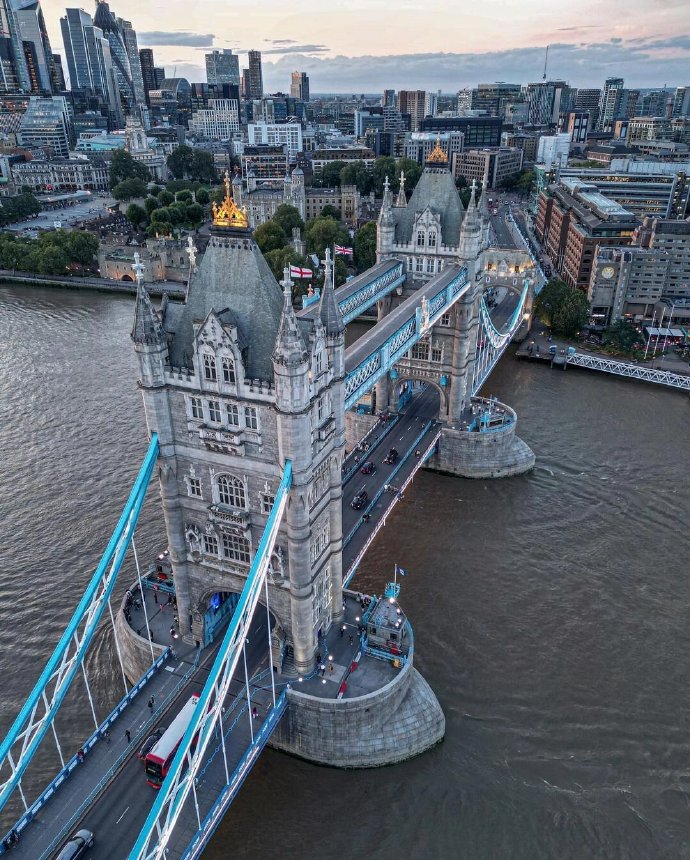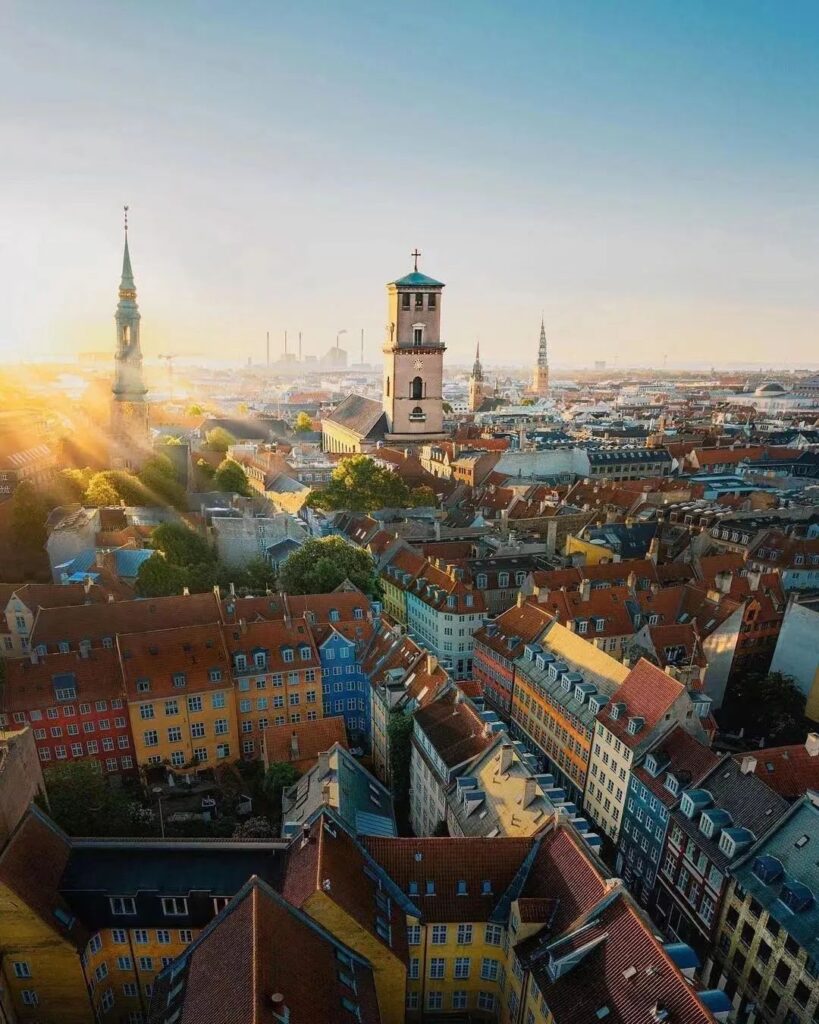The Republic of Türkiye (Turkish: T ü rkiye Cumhuriyeti; English: The Republic of T ü rkiye [14]), referred to as Türkiye, is a country across the Eurasian continent, bordering the Black Sea to the north, the Mediterranean Sea to the south, Syria and Iraq to the southeast, the Aegean Sea to the west, Greece and Bulgaria, and Georgia, Armenia, Azerbaijan and Iran to the east. Türkiye’s geographical location and geopolitical strategic significance are extremely important. It is a crossroad connecting Europe and Asia. Ankara, the capital, covers an area of 783600 square kilometers, with a population of 85.28 million (as of February 2023). Türkiye accounts for more than 80%, and Kurds account for about 15%. The country is divided into 81 provinces. In 1299, Ottoman I established the Ottoman Empire. On May 29, 1453, Mohammed II captured Constantinople and destroyed the Byzantine Empire. From the 16th to the 17th century, especially during the reign of Suleiman I, it reached its peak and ruled across Europe, Asia, and Africa. Therefore, the Sultan, the monarch of the Ottoman Empire, regarded himself as the master of the world. [1] Türkiye inherited the culture of the Eastern Roman Empire and the Islamic culture, so the eastern and western civilizations were integrated here. In the 19th century, national strength began to decline. In August 1914, the Ottoman Empire joined the Allied Powers in World War I, and after the war, the empire disintegrated. In 1919, Türkiye repelled foreign invaders under the leadership of Kemal. On October 29, 1923, the Republic of Türkiye was established. [1] Türkiye is a candidate of the European Union, which spans Asia and Europe and implements the European model in political, economic, cultural and other fields. Türkiye is a member of NATO, a founding member of the Organization for Economic Cooperation and Development and a member of the G20. Having a strong industrial foundation, it is one of the emerging economies in the world and also one of the fastest-growing countries in the world. In 2021, Türkiye’s GDP will reach US $802.7 billion, with per capita GDP of US $9539 and GDP growth rate of 11.0

